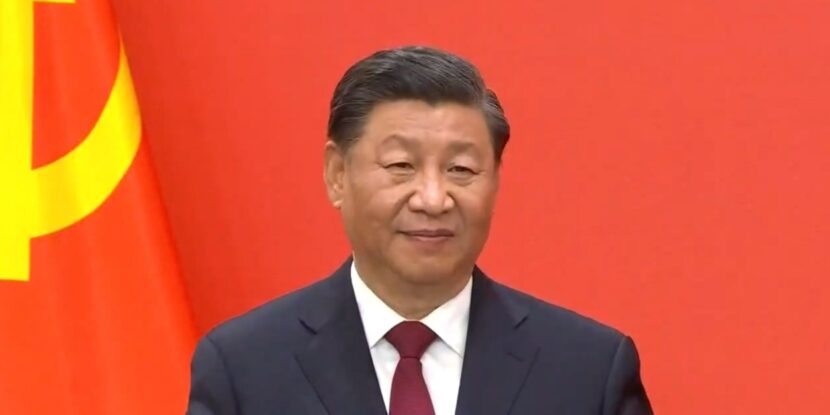
PULSE POINTS:
❓What Happened: The United States raised tariffs on Chinese goods to 104 percent at midnight. In retaliation, China announced a further 50 percent tariff on American goods, raising its total tariff on U.S. imports to 84 percent.
👥 Who’s Involved: President Donald J. Trump, U.S. Treasury Secretary Scott Bessent, Chinese President Xi Jinping, Chinese Foreign Ministry spokesman Lin Jian.
Your free, daily feed from The National Pulse.
📍 Where & When: The tariffs were enforced at midnight on Tuesday, April 8, with China’s retaliatory measures scheduled to start on Thursday, April 10.
💬 Key Quote: “They are the surplus country. Their exports to the U.S. are five times our exports to China. So, they can raise their tariff, but so what?” — U.S. Treasury Secretary Scott Bessent.
⚠️ Impact: The additional tariff imposed by China on American goods marks a continued escalation in the trade conflict between the two nations and will likely increase global market volatility. However, China’s position as a heavy net exporter means their tariff is likely to have little effect on the American economy overall.
IN FULL:
The People’s Republic of China will impose an additional 50 percent tariff on American goods beginning Thursday after U.S. President Donald J. Trump raised the tariff on all Chinese imports to 104 percent yesterday at midnight. American goods exported to China will now face an 84 percent tariff in total. The Chinese retaliatory tariff will likely have little effect as the communist state exports far more goods than it imports.
“I think it’s unfortunate that the Chinese actually don’t want to come and negotiate because they are the worst offenders in the international trading system. They have the most imbalanced economy in the history of the modern world. And I can tell you that this escalation is a loser for them,” U.S. Treasury Secretary Scott Bessent said on Wednesday after China announced the new trade duties. He explained: “They are the surplus country. Their exports to the U.S. are five times our exports to China. So, they can raise their tariff, but so what?”
The Treasury Secretary also warned the Chinese Communist Party (CCP) that what they “should not do is try to devalue their way out of this,” noting that the Chinese offshore yuan—the country’s internationally tradable currency—hit its weakest level since 2010 on Tuesday. Bessent emphasized that any attempt by China to devalue the yuan would force other nations to “keep raising their tariffs to offset the devaluation.”
China, however, contends the United States is using trade policy to attack its sovereignty and development interests. “We will not let anyone take away the Chinese people’s legitimate right to development. We will not tolerate any attempt to harm China’s sovereignty, security, and development interests, ” Lin Jian, a spokesman for the Chinese Foreign Ministry, said after the announcement of an additional 50 percent tariff on U.S. goods on Wednesday.
While China and a handful of other nations continue to resist President Trump’s moves to end unfair trade barriers against American products, at least 70 countries are set to begin negotiations with the White House on bilateral trade agreements.
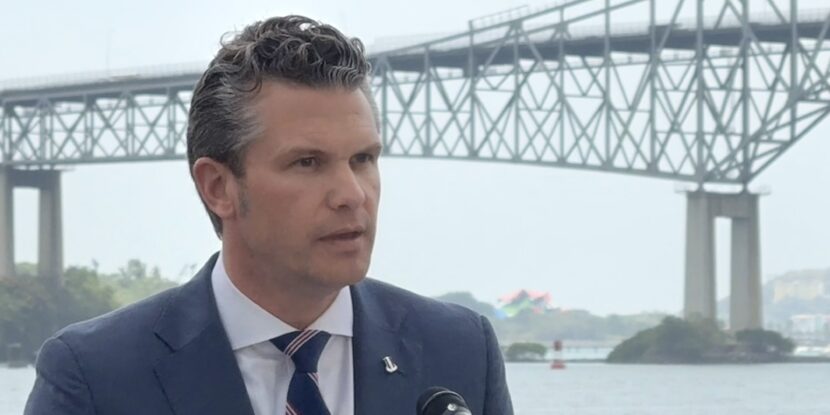
PULSE POINTS:
❓What Happened: U.S. Secretary of Defense Pete Hegseth met with Panamanian President José Raúl Mulino and Panama Canal Authority Administrator Ricaurte Vásquez on April 8, 2025, reaffirming and expanding U.S.-Panama security cooperation.
📍Where: Panama City, Panama.
Your free, daily feed from The National Pulse.
🕰️When: April 8, 2025.
👥Who Was Involved: President José Raúl Mulino, Secretary Pete Hegseth, ACP Administrator Ricaurte Vásquez, Minister Juan Manuel Abrego, and U.S. Admiral Alvin Holsey.
💬Key Quotes: Hegseth “strongly welcomed President Mulino’s commitment to make Panama the first country in our hemisphere to exit the Belt and Road Initiative.”
⚠️Fallout: Panama is doubling down on security cooperation with the U.S., stepping back from China, clamping down on illegal immigration, and reactivating key joint military exercises.
📌Why It Matters: Panama is a strategic chokepoint in global trade. As tensions rise with China, the U.S. is securing access to the Canal, expanding cyber-defense efforts, and resuming military readiness operations in the region.
IN FULL:
PANAMA CITY, Panama – The U.S. and Panama are rebooting their strategic partnership, ditching China’s influence and locking in a robust security upgrade centered on the Panama Canal, The National Pulse can report late Tuesday evening.
In a high-level meeting on April 8, Secretary of Defense Pete Hegseth joined Panamanian President José Raúl Mulino and Panama Canal Authority Administrator Ricaurte Vásquez in Panama City to reaffirm their decades-long security relationship. At the core of the new commitment: boosting joint military training, strengthening cyber and maritime defense, and streamlining military vessel passage through the Canal.
Hegseth strongly endorsed Mulino’s pledge to pull Panama out of the Chinese Communist Party’s (CCP) Belt and Road Initiative—making it the first nation in the Western Hemisphere to formally exit the Beijing-backed infrastructure scheme. U.S. officials have long viewed the CCP’s growing influence in Latin America as a direct threat to global trade routes and regional sovereignty.
Hegseth also praised Panama’s firm action on border enforcement, commending the Mulino government for reducing illegal immigration and sealing off the notorious Darién Gap—long used as a corridor by smugglers and illegal migrants.
With over $230 million in U.S. security assistance delivered over the last five years, the leaders agreed to deepen cooperation even further. Under the new agreement:
Warships and auxiliary vessels from both nations will be guaranteed expedited passage through the Canal under Treaty obligations;
A new mechanism will be developed to compensate Panama for tolls and charges under the “First and Free” neutrality framework;
A new Memorandum of Understanding will expand U.S.-Panama military collaboration at joint-use facilities;
Regular joint jungle warfare training will resume, and the large-scale PANAMAX 2026 defense exercise will return to Panamanian soil;
A new Joint Statement of Understanding between Minister Juan Manuel Abrego and U.S. Admiral Alvin Holsey will bolster security cooperation and professional education;
Strategic, cyber, and maritime security planning will be enhanced with U.S. Department of Defense support;
The U.S. Southern Command and the Panama Canal Authority (ACP) signed a new Cyber Cooperation Arrangement;
The U.S. Army Corps of Engineers will continue providing technical support to ensure the long-term sustainability of the Canal.
In tandem, both nations are revitalizing the High-Level Security Dialogue, with a sharper focus on Canal security, commercial shipping resilience, and military preparedness.
For Washington, the stakes are high: the Panama Canal remains a critical artery for global commerce and military mobility. For Panama, the renewed alliance signals a break with CCP encroachment—and a return to sovereignty-centered defense with American backing.
Earlier today, Secretary Hegseth announced the reopening of the long-abandoned Fort Sherman, doubling down on the cooperation between the two nations and investing in Panama’s security with U.S. interests in mind.
Picture by Raheem Kassam
show less

 2 months ago
8
2 months ago
8
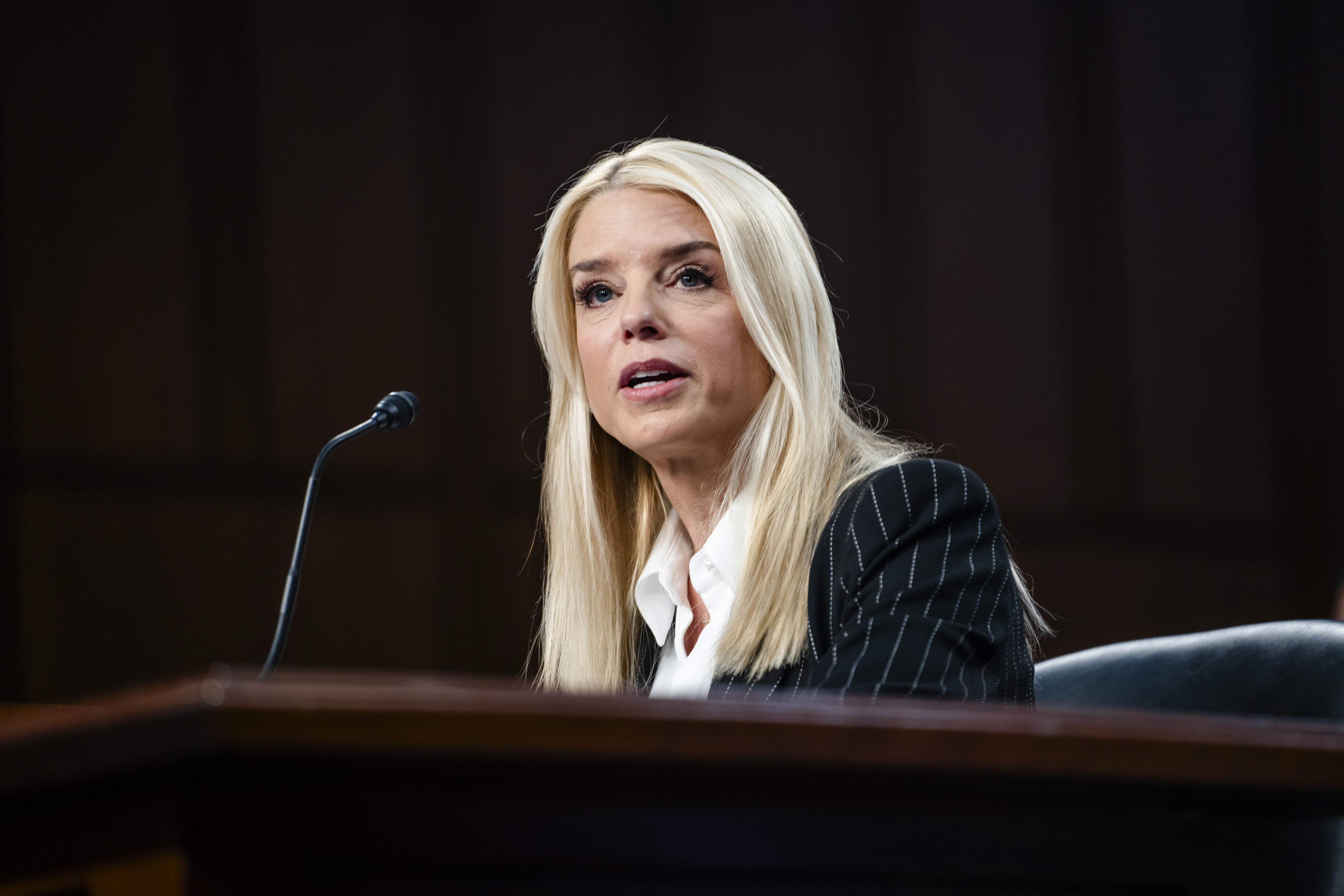
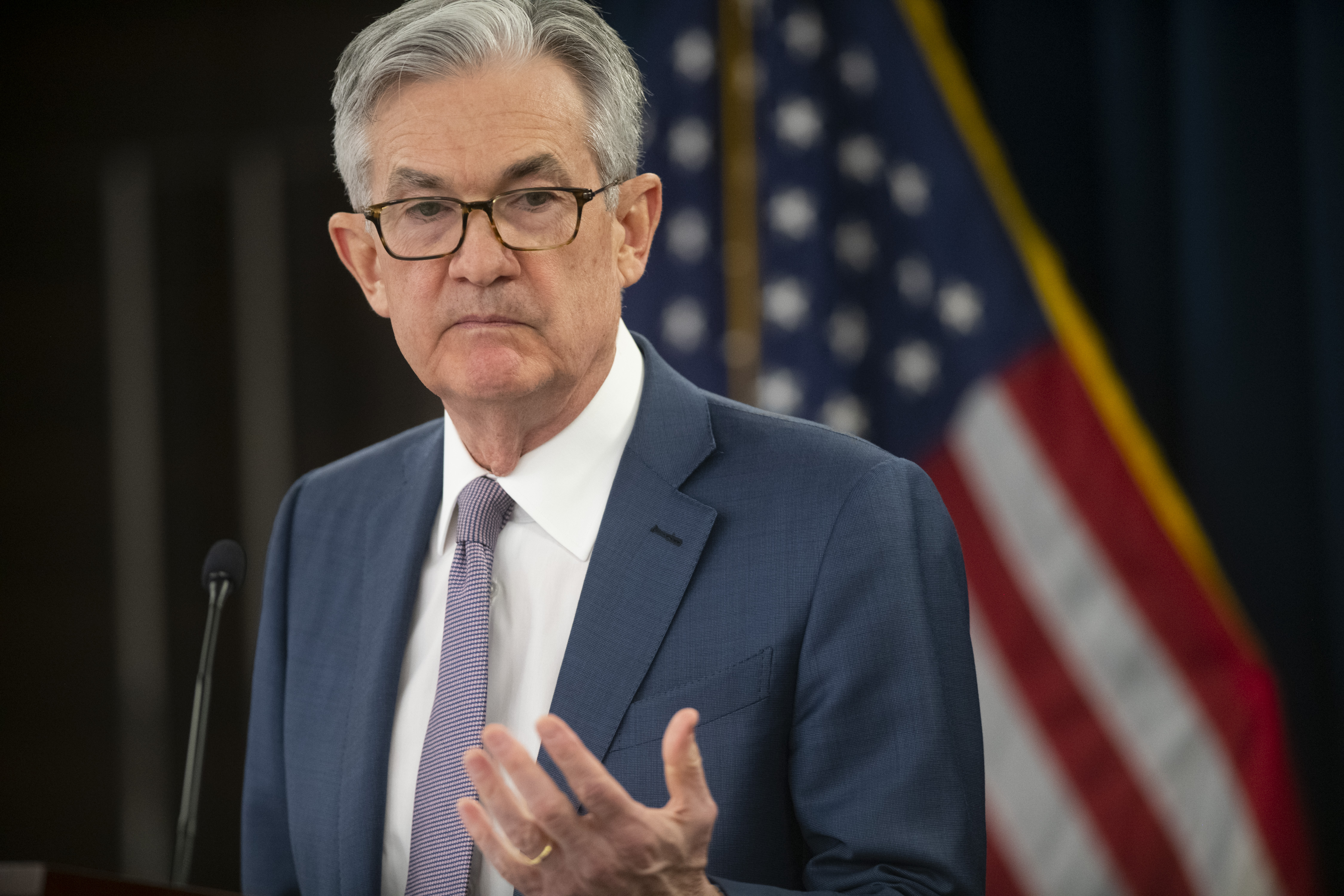
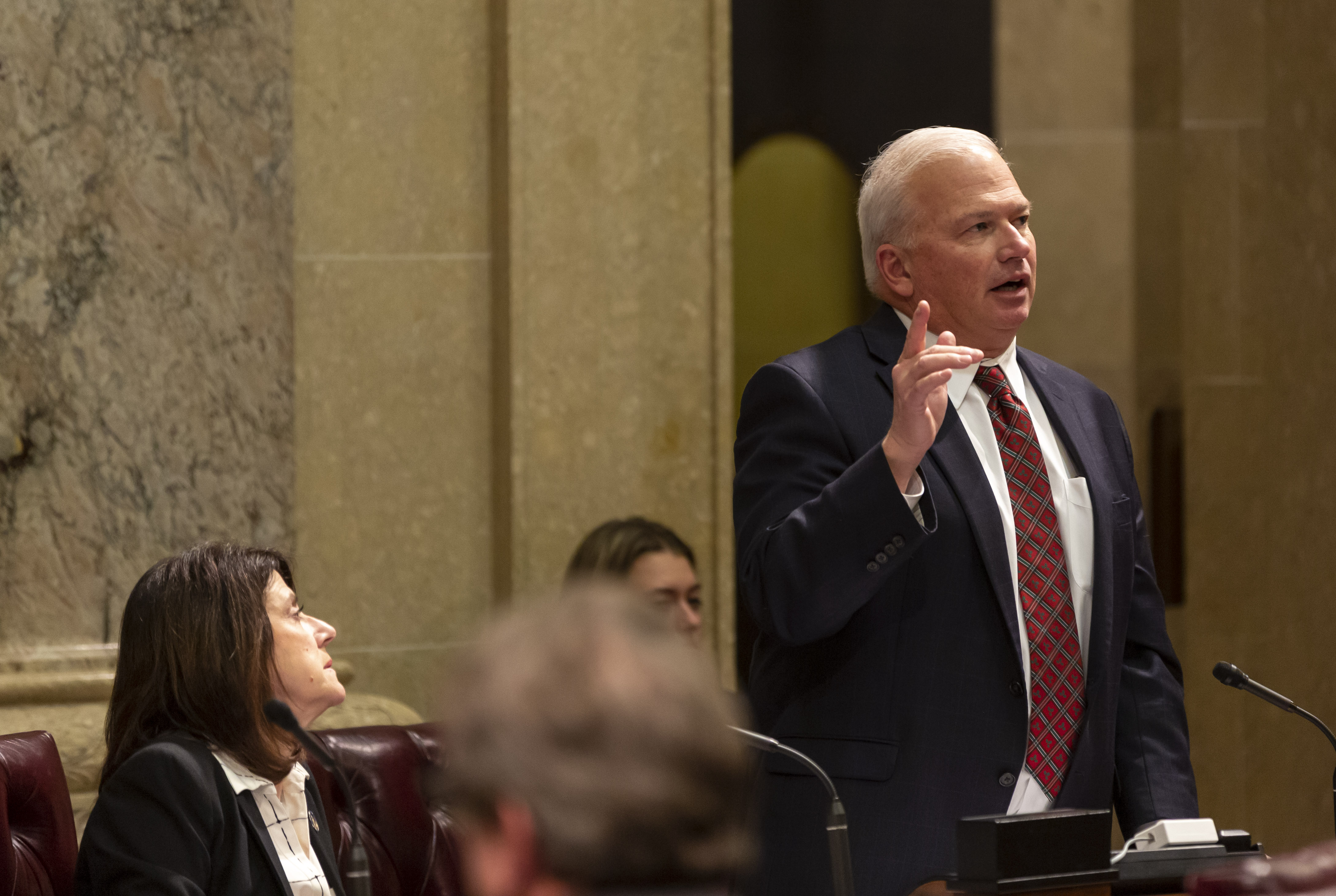





 English (US) ·
English (US) ·